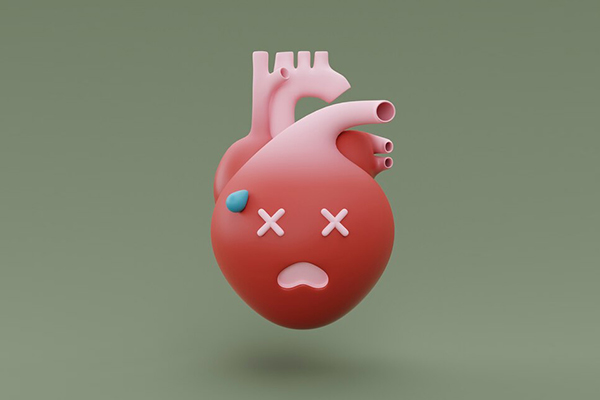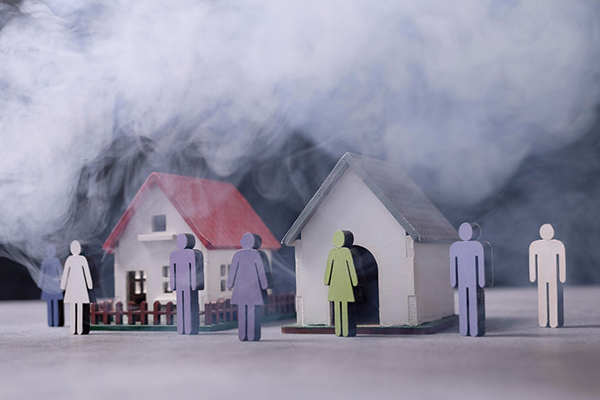
Professional drivers have higher risks of suffering from various occupational diseases due to long working hours, irregular meal times, lack of rest and exercises. Tobacco contains more than 7,000 chemicals, most of them are toxic and radioactive including over 70 carcinogens are known to cancer. Professional drivers with smoking habits have higher risk of suffering from many deadly diseases. There are around 7,000 people died of tobacco annually in Hong Kong and 1,324 of them are non-smokers as result of breathing secondhand smoke.
Gastrointestinal diseases (stomach ache, gastric ulcer etc.)
Musculoskeletal diseases (frozen shoulder, shoulder and neck pain, low back pain etc.)
Urinary system disease (constipation、cystitis, kidney stones etc.)
Chronic disease (high blood pressure, stroke, high cholesterol, diabetes etc.)
Cardiovascular disease (stroke, heart disease etc.)
Respiratory diseases(pneumonia, asthma, cough etc.)
Caners (mouth and throat cancer, esophageal cancer, lung cancer, stomach cancer, liver cancer, kidney cancer, ureteral cancer, bladder cancer etc.)
Eye disease(blindness, cataract, age-related macular degeneration etc.)

Secondhand smoke has already been classified as “Group A carcinogen” by the US Environmental Protection Agency (EPA). It will irritate eye and airway, leading to cough, headache, sore throat and nausea. People with long-term exposure to secondhand smoke will have higher risk of cancers, coronary heart diseases, respiratory diseases, asthma and etc. A study indicates that people who live in the environment with secondhand smoke will have higher risk of having heart disease by 25%5.

Third-hand smoke is the chemical residual of tobacco smoke contamination that clings to carriers, walls, clothing, hair, skin and other materials after the cigarette is extinguished. The toxins can persist for weeks and even for months. Ventilating a room by using fans or opening windows is not sufficient to rid the third-hand smoke.
According to the data from Transport Advisory Committee, transport complaints on drivers smoking in transport vehicles is one of the major complaints. To protect the health of drivers and passengers, please keep the vehicles clean and away from cigarettes in order to enjoy a refreshing, safe and smoke-free journey.
5 Law MR., Morris, J.K., & Wald, N.J. (1997). Environmental tobacco smoke exposure and ischaemic heart disease : an evaluation of the evidence. BMJ 315 (7114) : 976–980.